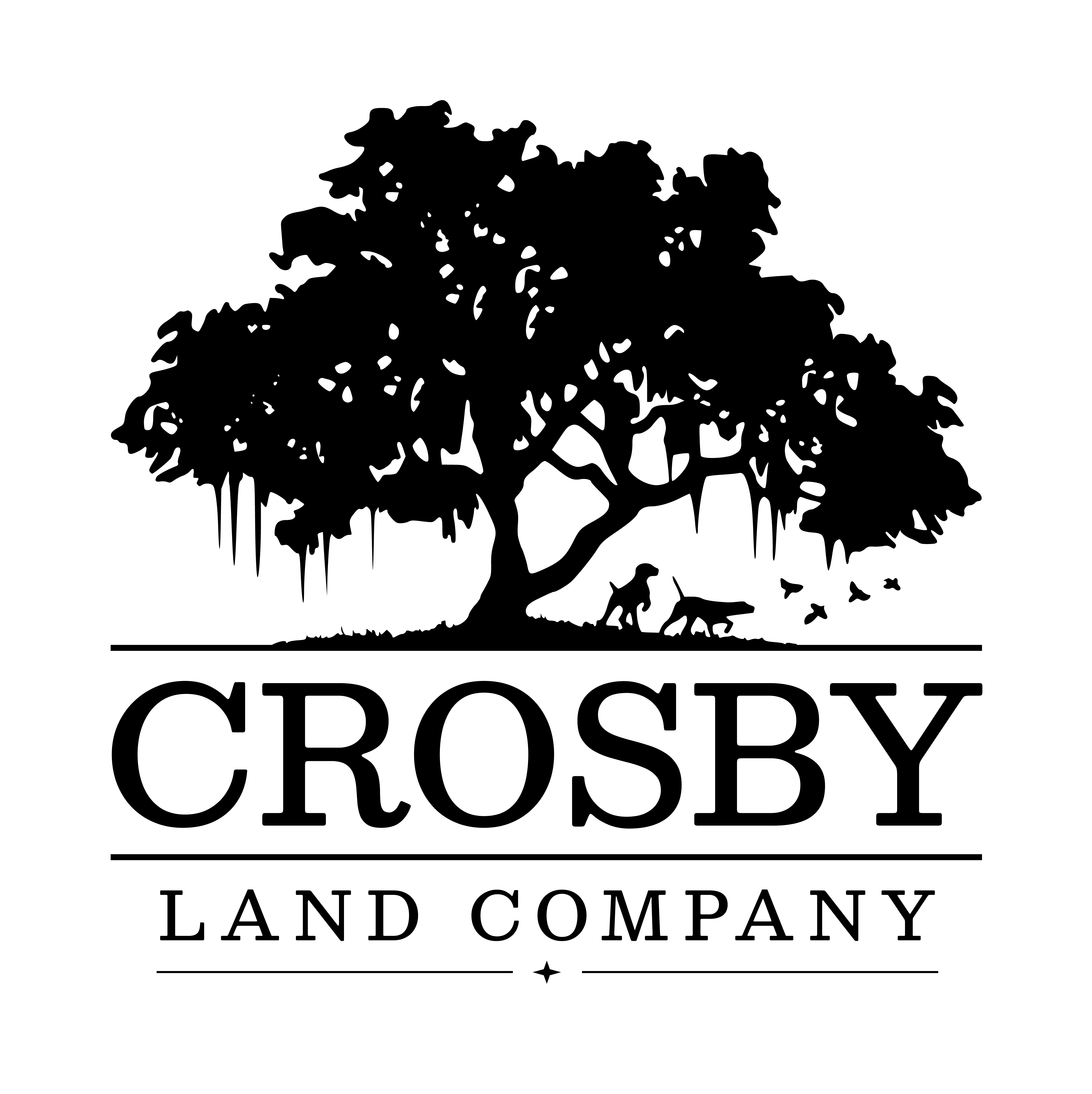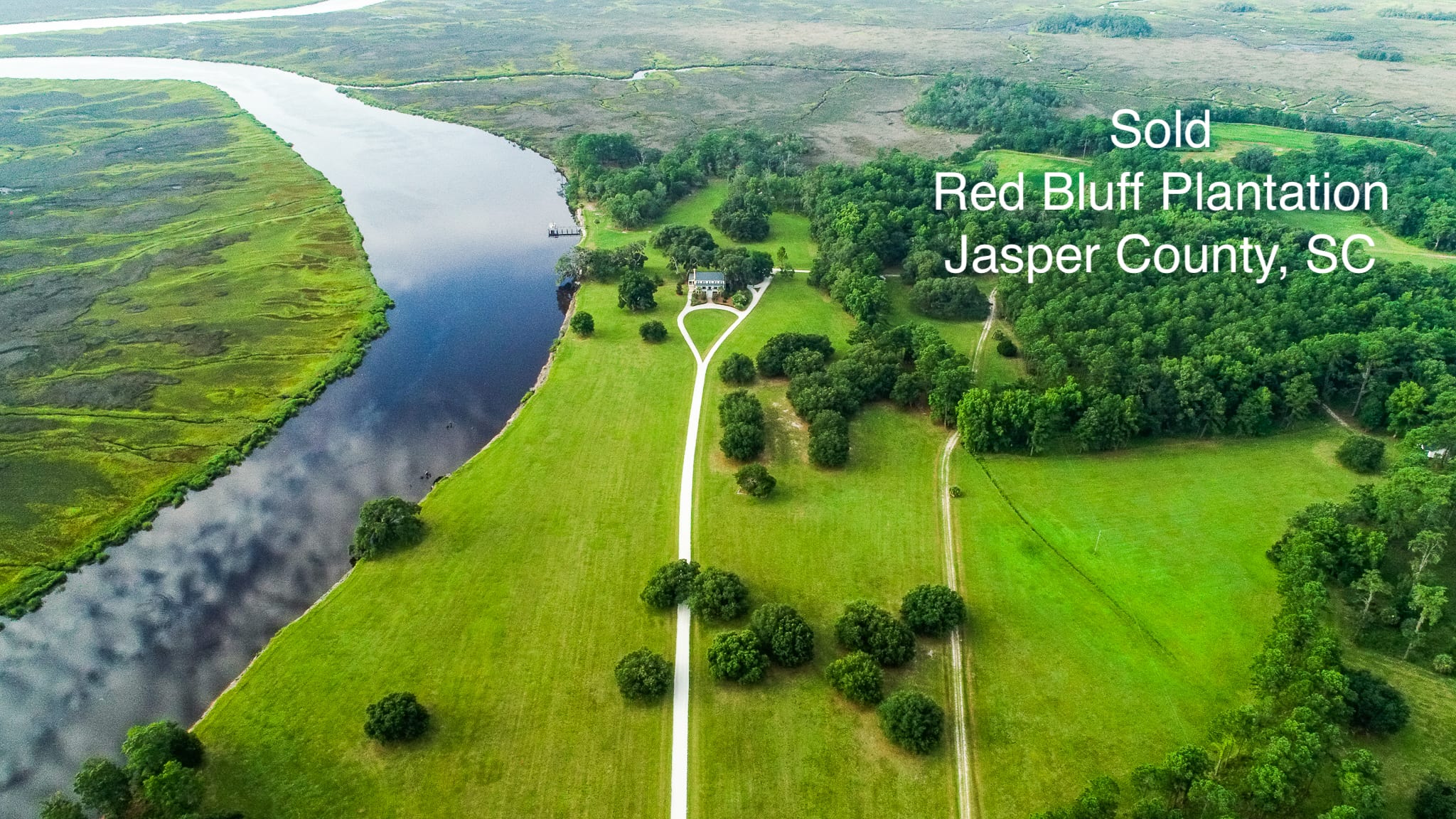Conservation easements have been misinterpreted for quite some time, probably since they were first created and implemented. Crosby Land Company would like to take this opportunity to provide information to help clear the air regarding this highly effective tool for land conservation and the financial incentives that may be associated with an easement.
What is a Conservation Easement?
A conservation easement is similar to other easements in that it “runs with the land”; it is a voluntarily entered-upon legal agreement attached to a property’s deed. Each differs depending on the property owner’s needs and objectives.
The donor, in collaboration with a conservation organization, will design an easement that best serves both parties involved. The easement typically restricts future development rights and specific uses of the property. The right to develop is a limited, though valuable, portion of the entire bundle of rights commonly associated with land ownership.
The landowner relinquishes these specific rights to protect the property’s “conservation values” in perpetuity by donating these rights. Typically, these rights are donated to qualified non-profit organizations like Ducks Unlimited and The Nature Conservancy or a local Land Trust, such as the Lowcountry Land Trust in our area. These organizations “hold” the easement, and more particularly, the specific rights that have been donated, and conduct annual visits to monitor the land to ensure that the stipulations of the easement are being followed and that the land and its associated conservation values are being protected. As mentioned, these restrictions run with the land in perpetuity.
What are the Benefits?
Financial incentives include tax deductions, credits, and easements that can also be “purchased,” which is referred to as a “bargain sale,” In contrast, the donor may receive a cash payment for some easement value. In addition to the financial incentives, many other benefits must be considered. The owner maintains possession, fees simple title ownership, and the right to quiet use and enjoyment. The land will continue to be utilized for historical purposes.
Growing timber, hunting, shooting sports, farming, and the construction of permanent residences, outbuildings, pools, and ponds are all usually allowable practices. The most important benefit for many landowners is the assurance of the property’s protection in its natural state for generations to come.
Will a Conservation Easement affect the marketability of my property?
It may surprise you that Crosby Land Company has seen properties with conservation easements as desirable attributes for some buyers. This is especially true in areas with protected properties adjacent to or near other lands with conservation easements. A cluster of properties with conservation easements in the general vicinity of one another has created a “conservation neighborhood” or “community.” This often reinforces and bolsters land values because these areas are desirable places to live and provide recreation. Buyers and sellers can rely on remaining conserved for present and future enjoyment without all the influences and disruptions accompanying growth and development.
What makes a property a candidate for a Conservation Easement?
Any lands increasingly threatened by commercial or residential development pressures and the fragmentation of natural habitats are all potential candidates. Lands that provide or border compelling live water resources such as rivers, lakes, and streams that help provide a source for clean and fresh water; these may include active operating farms, lands that provide scenic attributes and critical habitat for wildlife or rare and endangered species, these may consist of industrial managed timberlands. These lands are conducive to growth and provide unique forms of flora and fauna. Lands adjacent to other protected properties located in a specific focal area, such as the “ACE Basin” of lower coastal South Carolina, are of great interest and value to conservation organizations — and provide significant benefits to local communities and the entire geographical region when they are protected.
A good conservation candidate may come from varying types of properties and usage types; we would be happy to consult with interested landowners to help determine if their property is a viable candidate.
How are Easement Values determined?
Before donating an easement, the landowner will have a third-party appraisal conducted by a licensed appraiser experienced in determining values that meet the legal criteria. The appraiser will receive a draft of a preliminary easement citing the restrictions that will be purchased or donated to the easement holder. The appraiser will appraise the property after these rights have been determined and relinquished.
The land’s fair market value before the easement and the value after the easement is in place is called the “diminution value,” which the IRS typically considers a charitable donation. Generally, this value can offset federal income taxes over 15 years and effectively lower an owner’s basis in the property.

